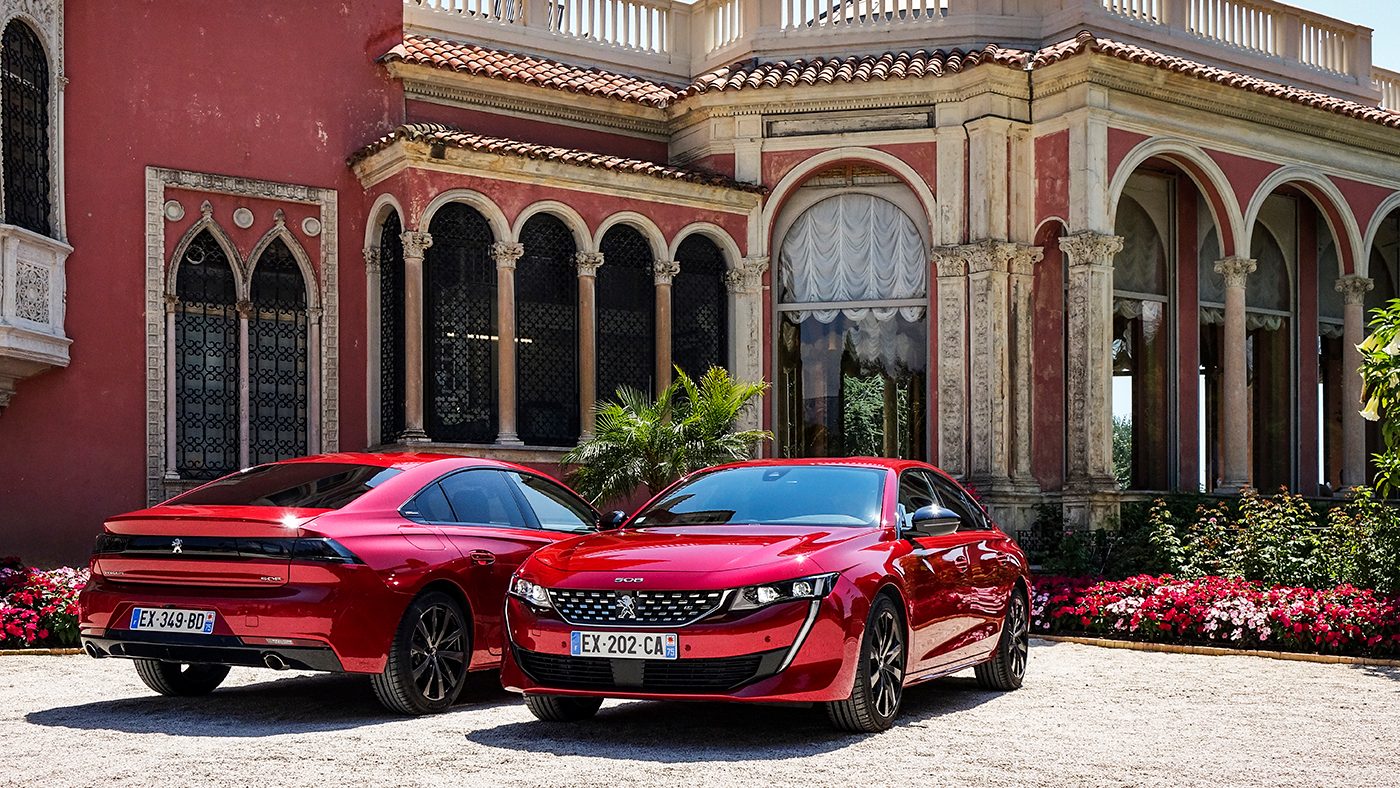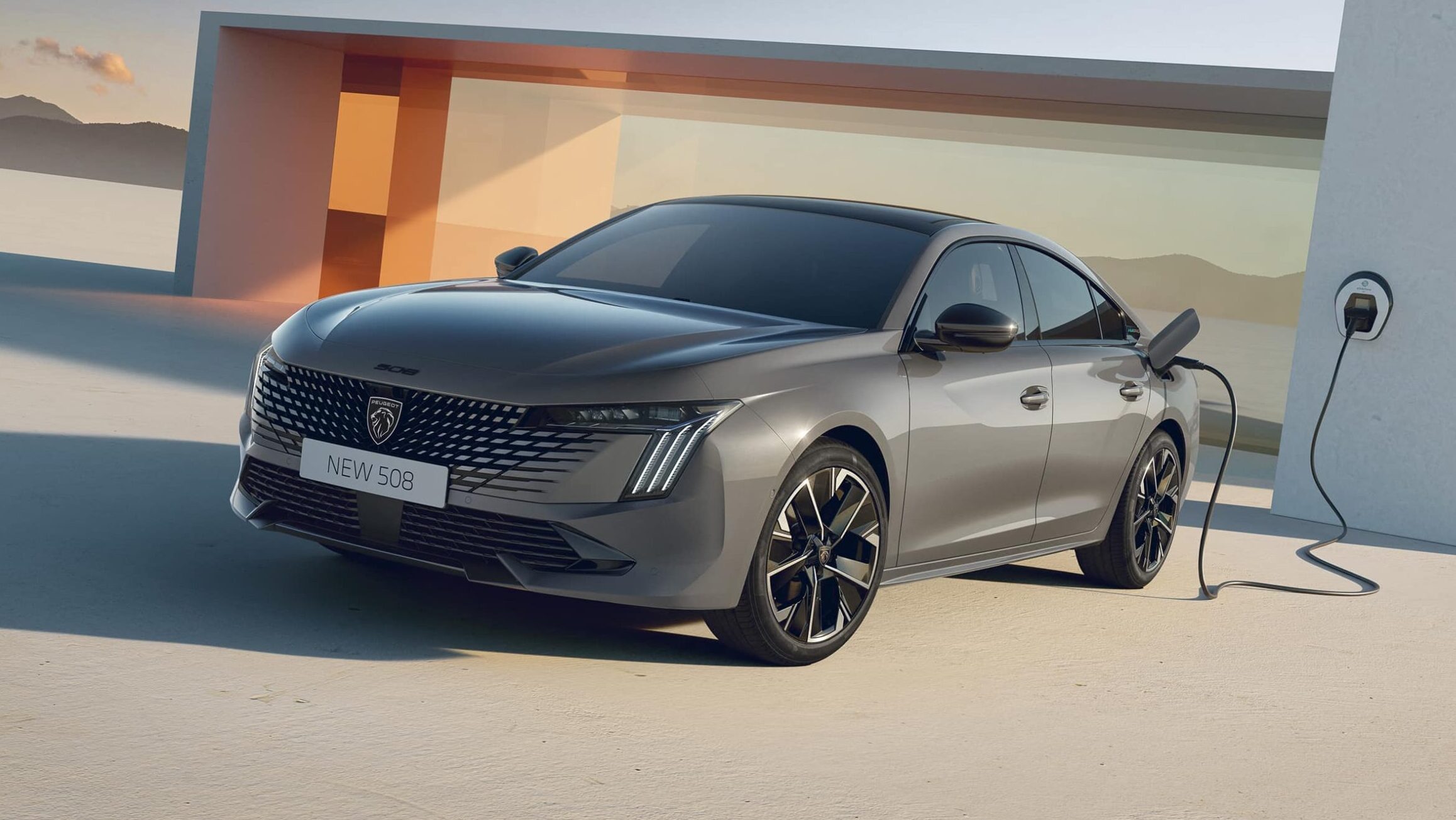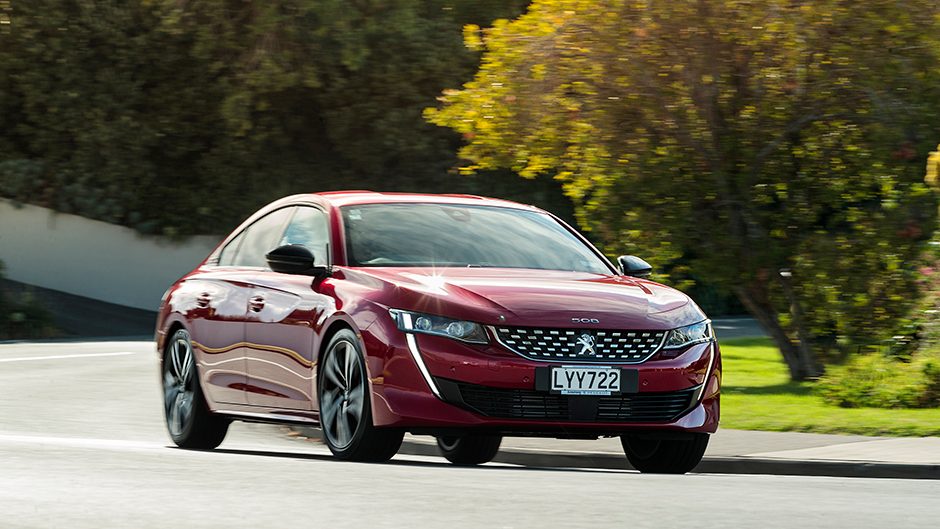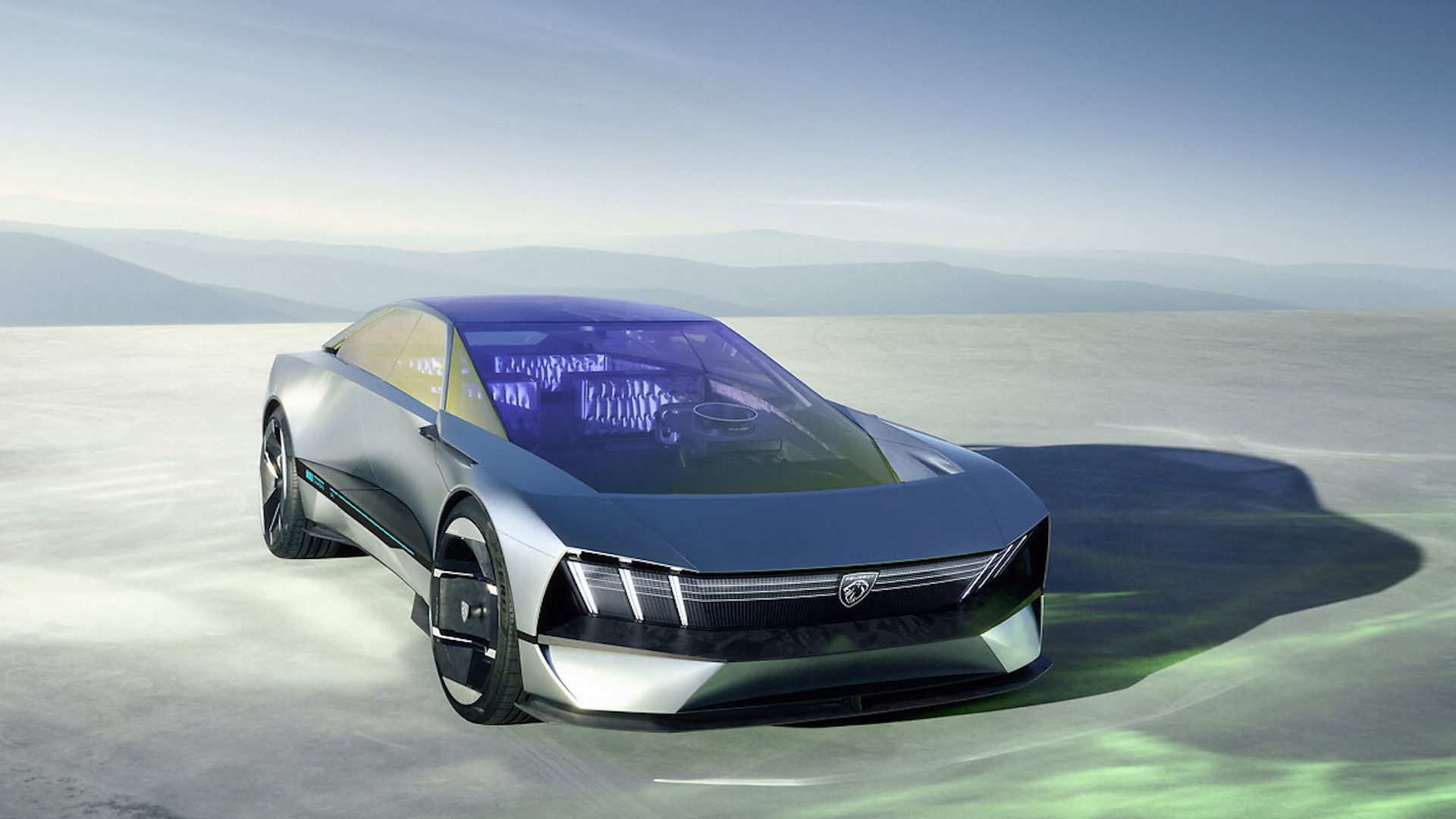The saloon car market is one smaller now, with the imminent passing of the Peugeot 508. After six years on sale, the 508 will likely end its life cycle in December, though there are hints of a restyled third generation. The former seems more likely, however, given poor sales results.

The 508 is Peugeot’s last ICE power-only proposition. Its axing reaffirms the French car maker’s position as an electric vehicle maker. The UK’s ZEV mandate was another nail in the coffin for the 508 range. Not only was the ZEV the death knell for the 508, but it hadn’t sold well across the channel anyway. It arrived in the UK in 2020 but failed to fire, even after a facelift.

Peugeot will continue to sell the 508 in saloon and SW formats but only as a PHEV in GT trim (above). It is also the end of the ‘Peugeot Sport Engineered’ (PSE) performance brand, for no other commercial model from the brand is sold in PSE trim. The remaining PSE variant is the brand’s 9X8 Le Mans hypercar which has been on the podium of the World Endurance Championship just once in the past two years.

The PSE variant only accounted for a tiny minority of 508 sales anyway. Perhaps that’s because it competed against more potent opposition with a 1.6-litre four-cylinder petrol engine mated to an electric motor. A system total of 250kW seemingly wasn’t quite enough in the sector.
Peugeot isn’t entirely done with sedans, however. At CES this year it showed off the ‘Inception’ concept, utilising the new STLA Large architecture from Stellantis. With a 100kWh battery, the Inception offers a claimed range of almost 800km.

Meantime, it’s onward and upward for the firm. “Every one of Peugeot’s passenger cars is now available in both battery-electric and hybrid powertrains.”
Peugeot CEO Linda Jackson largely confirmed the ending of the PSE sub-brand, stating “the prioritisation is all about electrification.”
Peugeot’s marketing chief Phil York concurred: “I think we’ve activated it [electrification] quite strongly across our marketing communications activity, and that’s really where we’re leveraging.
“It’s an opportunity for us to talk to a younger customer base. It’s about raising brand visibility, familiarity and resonating with people who aren’t necessarily interested in motorsport, getting them interested in what we’re doing. That’s the critical lever, if I put my marketing hat on.”


